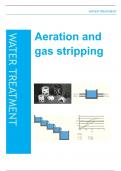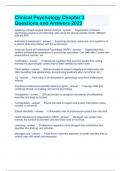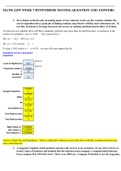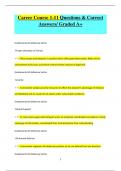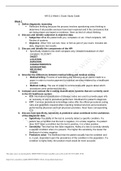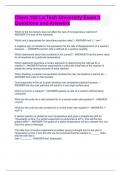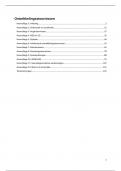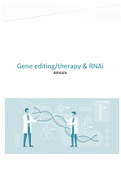Samenvatting
Summary Aeration and Gas Stripping - Drinking Water Treatment 1, TU Delft
- Vak
- Instelling
Drinking Water Treatment 1 The course gives the technological backgrounds of treatment processes applied for production of drinking water. The treatment processes are demonstrated with laboratory experiments. Study goals: Knowledge of technological basics and design parameters of drinking water tr...
[Meer zien]
